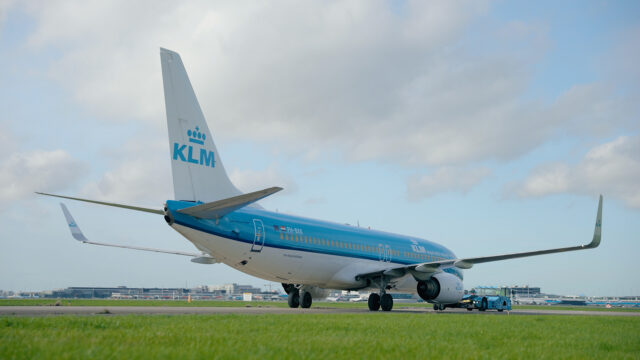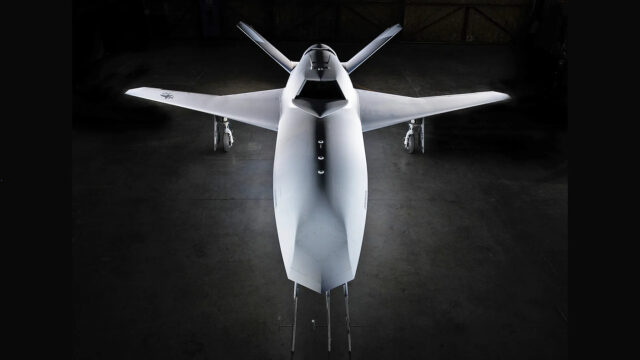Digital transformation key to survival for aerospace
Report outlines three key themes which will shape aerospace and defence industry in the coming years
The global Aerospace and Defence (A&D) industry will have to face up to ‘headwinds’…

Report outlines three key themes which will shape aerospace and defence industry in the coming years
The global Aerospace and Defence (A&D) industry will have to face up to ‘headwinds’ of change and increasing uncertainty in the coming years, according to a comprehensive new industry report from global consulting firm AlixPartners.
The consultancy firm acknowledged that the industry had achieved solid profits and a decade of stock market outperformance, but warned that A&D would have to navigate an increasingly dynamic business environment in the near future.
The report outlined a number of ‘headwinds’ which would affect the industry including uncertainty in international trade relations, a rising oil price, significant stresses in a supply chain struggling with continued aggressive product ramp-ups, looming over-capacity in certain sectors of the industry and wholesale changes in defence spending around the world.
Three key challenges
AlixPartners identified three key themes which would reshape the industry in the years ahead:
1. A new era has arrived, centred on services, new business models and partnerships
The leading aircraft original equipment manufacturers (OEM) have significant services-focused ambitions with the four leading players (Airbus, Boeing, Bombardier, Embraer) looking to increase services revenues by more than three times over the next 10 years from today’s $20bn per annum to $66bn.
A key driver to achieving this revenue goal will be a growing focus on insourcing and partnership initiatives which will reshape many existing customer and supplier relationships. Target areas will include continued investment in the growing Manufacturing, Repair & Operations (MRO) sector as well as new product development, training and data management.
2. These ambitions will drive continued mergers and acquisitions (M&A) across the industry
2017 was a record year for A&D industry mergers and acquisitions – this momentum will continue as companies throughout the industry look to cut costs and seek new avenues for growth.
The top 10 M&A deals in 2017 had a total enterprise value of some $63 billion, almost three times 2016’s $24 billion figure. Significant levels of M&A activity will continue, driven by strong appetite from both corporates and private equity with continued access to capital.
3. Digital transformation will be a key driver of success
The digital revolution offers significant potential for the industry. Companies that adopt comprehensive digital transformation across their businesses – from inbound logistics to product development and marketing – could see efficiency gains of up to 20 per cent within three years, in addition to generating new revenue opportunities for those quickest to transform.
A&D companies are currently leaving cost savings of between 1 per cent and 3 per cent on the table by failing to appropriately leverage existing data. These quick-wins require no significant IT investment and yet are being lost as digital is still not a tier one priority for many.
‘New era’ for industry
Eric Bernardini, Global Leader of the Aerospace & Defence practice at AlixPartners, said: “A new era is coming to this industry, one centred on new business models, an industrial step change on services, on partnerships and on digital transformation. Players in the industry are already moving at maximum velocity, but they can’t afford to be left behind in any of these areas. First mover advantage will be critical to success.”
He added: “While the industry has certainly recovered in recent years, it faces big challenges ahead. Between big ramp-ups, new demand from end-user customers and big structural changes inside the industry, the entire sector is being stretched to capacity. OEMs and suppliers alike need to be extremely vigilant that nothing reaches breaking point—and that means anticipating problems before they arise and employing the latest in digital technologies to predict and combat them.”
Subscribe to our weekly newsletter
















